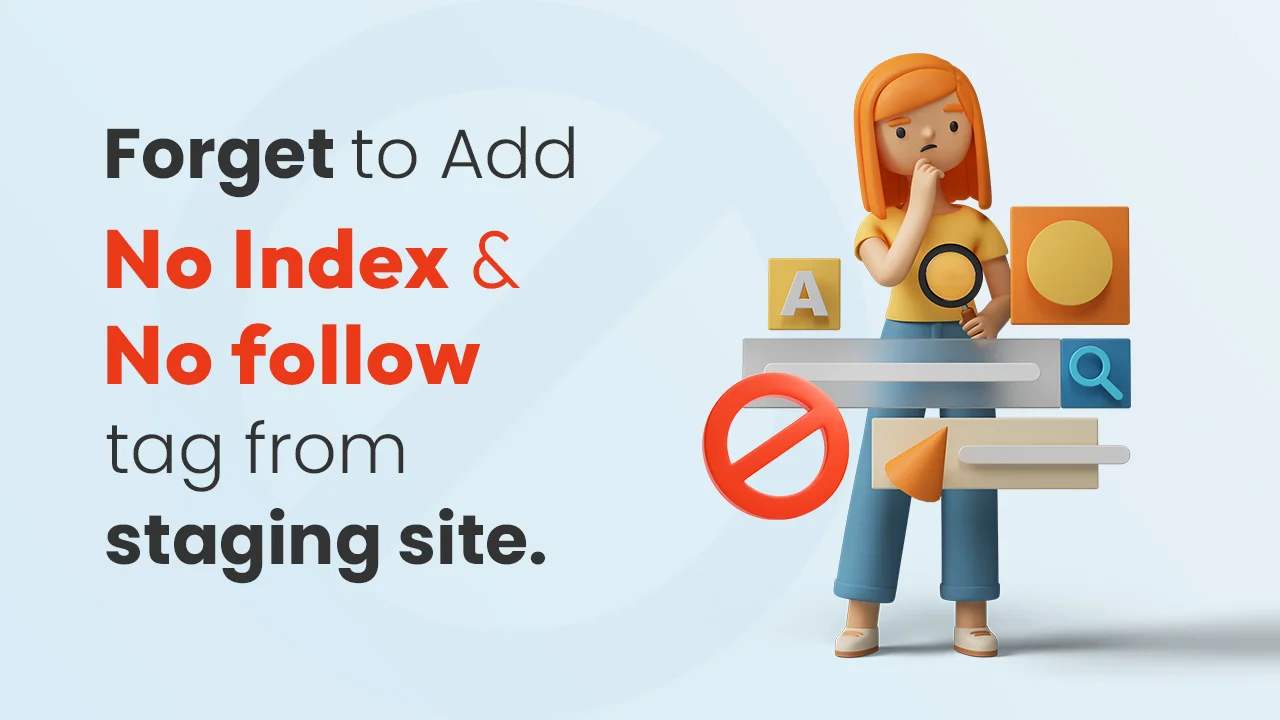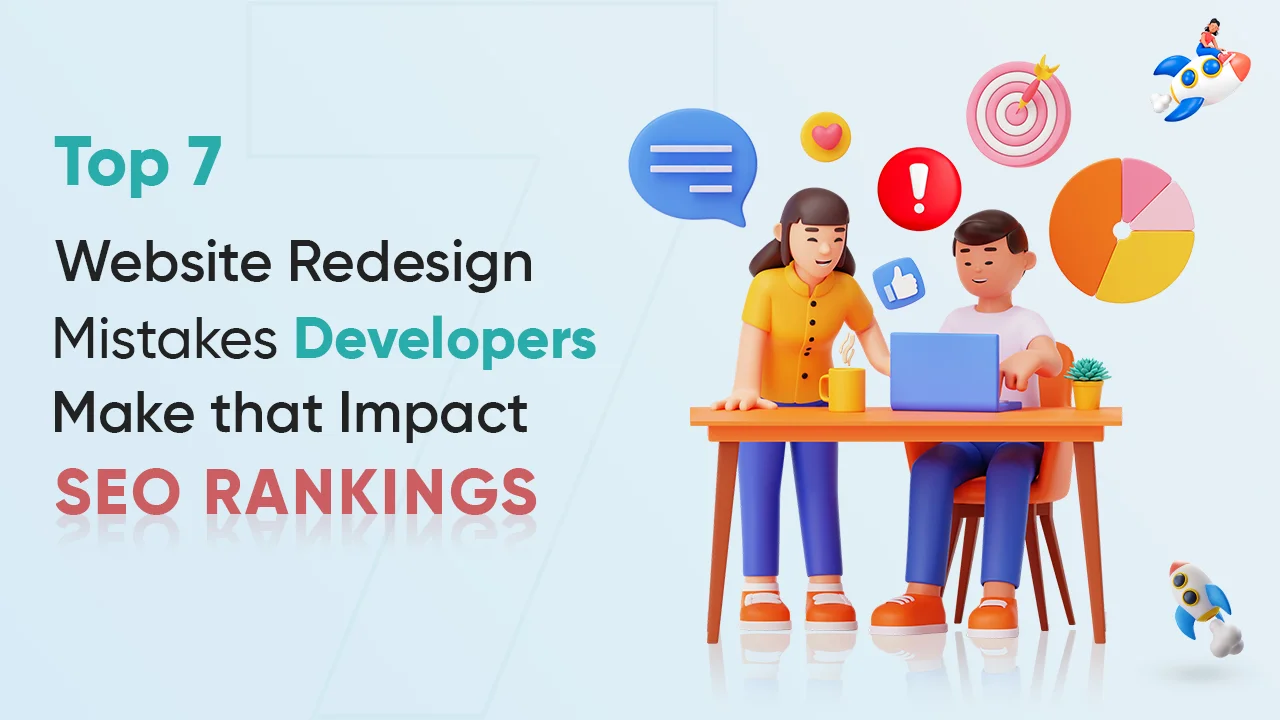Introduction
In the rapidly evolving world of digital marketing, having a modern, updated, and user-friendly website is crucial. Your website is often the first impression a potential client gets of your brand. However, redesigning a website is not as simple as giving it a new coat of paint. If not done correctly, a website redesign can seriously impact your search engine rankings.
What Is a Website Redesign?
A website redesign involves overhauling, updating, or reimagining a website’s current design and content. Beyond the visual aspect, it encapsulates the evolution of strategy, technology, and user engagement. The primary aim of such a transformation is to amplify user experience, boost site performance, and synchronize the website’s facade with an updated brand persona. The significance of a timely and effective redesign can be emphasized by the following data:
- User Expectations: 75% of users judge a company’s credibility based on its website design. Make a good first impression with a modern, trustworthy design.
- Brand Consistency: Consistent branding across all platforms can boost revenue by 23%. A website redesign can help align your brand across all channels.
- Adapting to Technology: 38% of people will stop engaging with a website if the design is unattractive. Redesign your website with the latest technologies and trends to improve user engagement.
It’s worth noting that brands capitalizing on successful redesigns have witnessed up to a 35% surge in conversion rates. Given the undeniable advantages, a strategic website redesign emerges as a potent tool in any brand’s arsenal.
When Are Website Redesigns Necessary?
- Obsolete Design: The first and most apparent reason is when a website’s design looks outdated.
- Poor Performance: Slow-loading websites or those not optimized for mobile can drastically reduce user experience.
- Shift in Branding: If there’s a change in company branding or focus, a redesign might be essential to reflect this.
- Evolution of Business Goals: As a company grows, its objectives might shift, necessitating a website that aligns with these new goals.
- Low Conversion Rates: A dip in conversions might be a sign that users aren’t resonating with the site’s current design or functionality.
Now, let’s dive into the core of this post. Here are the top 7 mistakes developers often make during a website redesign that can impact SEO rankings.
a) Forget to Add No Index & No follow tag from staging site.

Staging sites serve as replicas of your main website, allowing developers to test changes. This makes them crucial for website maintenance, but they come with potential SEO pitfalls.
- Impact: Search engines indexing your staging site can result in duplicate content, leading to SEO penalties.
- Example: After launching your main site post-redesign, you notice that the search results pull up content from both the live and staging versions, confusing visitors, and diluting traffic.
- Solution: Always ensure the staging site has “no index” & “no follow” tags and remember to remove them before going live.
b) Not Paying Attention to Site Structure

Your website’s structure profoundly impacts user navigation and search engine content comprehension.
- Impact: Disorganized site structures can lead to lower SEO value and user confusion.
- Example: Post-redesign, a blog section that was previously easily accessible via the main navigation is now hidden under a miscellaneous tab, causing a drop in blog engagement.
- Solution: Draft a sitemap before redesigning and ensure proper 301 redirects for any altered URLs.
c) Non SEO-friendly URLs

The URL structure plays a pivotal role in enhancing both user experience and SEO.
- Impact: Generic or non-descriptive URLs can hamper your SEO efforts.
- Example: A product page with the URL yourwebsite.com/item24563 vs. yourwebsite.com/organic-green-tea tells a very different story about content clarity.
- Solution: Use descriptive, keyword-rich URLs that reflect the page content.
d) Bad code structure

Behind every visually appealing website lies the foundation of code that, when neglected, can have detrimental effects.
- Impact: Sluggish site speed and difficulties in crawling by search engines & and result in a poor user experience.
- Example: Bloated code, excessive JavaScript, an overabundance of inline CSS instead of external stylesheets leads to slower page load times and harder maintenance in the future.
- Solution: Ensure clean, semantic, and well-structured HTML, CSS, and JavaScript. Adhere to best coding practices, streamline, and regularly review the site’s backend.
e) Forgetting device compatibility

The multiplicity of devices used today demands that websites be versatile in their presentation. In today’s digital landscape, websites must be responsive and adaptable to various devices, including smartphones and tablets. Neglecting device compatibility during a redesign is a significant mistake.
- Impact: A decline in mobile traffic and increased bounce rates.
- Example: If a website’s redesign focuses solely on desktop users and ignores mobile users, those visiting from mobile devices may encounter navigation issues, slow loading times, or content that doesn’t display correctly like a video header on your homepage plays seamlessly on desktop but doesn’t load on mobile devices, causing user frustration.
- Solution: Use responsive design principles and test the site across multiple devices and screen sizes.
f) Uploading unoptimized images

While visual content enhances engagement, it’s imperative to strike a balance between image quality and site performance.
- Impact: Unoptimized images Drastically increased page load times, negatively affecting user experience and SEO rankings.
- Example: A high-resolution image gallery on a portfolio page causes users to wait over 10 seconds for images to load, leading many to abandon the page.
- Solution: Implement a routine of compressing images before uploading and consider using lazy loading for image-heavy pages. Use appropriate image formats (e.g., WebP) and specify image dimensions to improve page load times.
g) Relying on plugins too much

Plugins can offer excellent functionality but must be used judiciously. Too many plugins can slow down your website.
- Impact: A bloated site that’s slow to respond and potentially vulnerable to security threats, slow down your website & affect SEO rankings.
- Example: Installing separate plugins for social media sharing, analytics, and image sliders when one comprehensive solution could handle all, leading to compatibility issues and reduced site speed.
- Solution: Instead of relying on third-party plugins for specific functionality, consider custom development. Build features tailored to your exact needs, which can result in a more efficient and optimized solution. Review and clean up unnecessary plugins to maintain a lean and efficient website.
At cmsMinds, we ensure that none of these mistakes happen when redesigning your website. Our “Website optimization service Raleigh” and “website redesign service Raleigh” are geared towards delivering an optimal balance between fresh design and SEO value.
Conclusion
Redesigning a website is a significant undertaking that can offer vast rewards when done correctly. However, several pitfalls can impact your site’s SEO rankings. By being mindful of these common mistakes and prioritizing both design and functionality, you can ensure that your redesigned website is set up for success. If you’re looking for website optimization or website redesign services in Raleigh, be sure to consult with professionals who understand the intricacies of both design and SEO.





